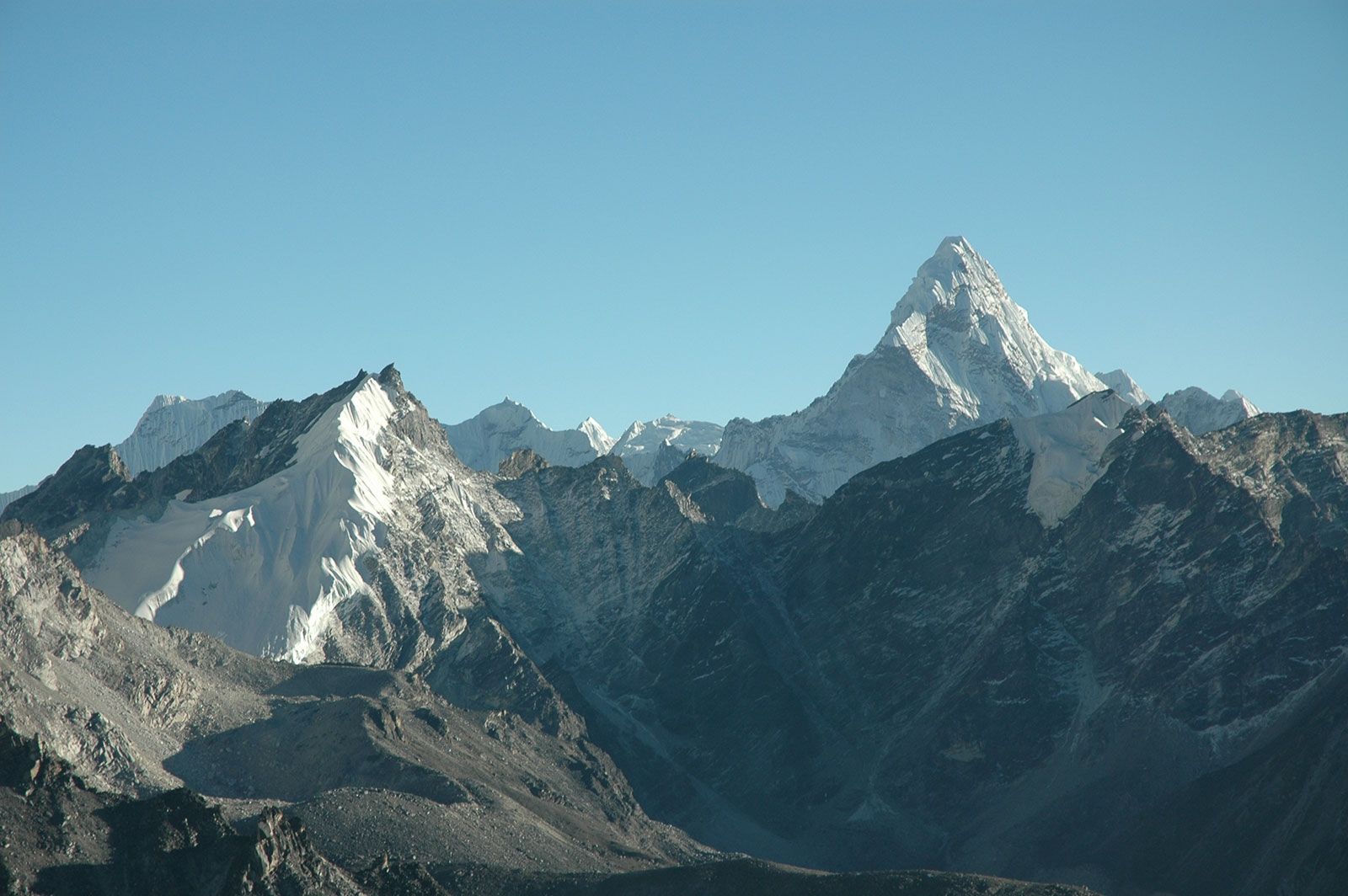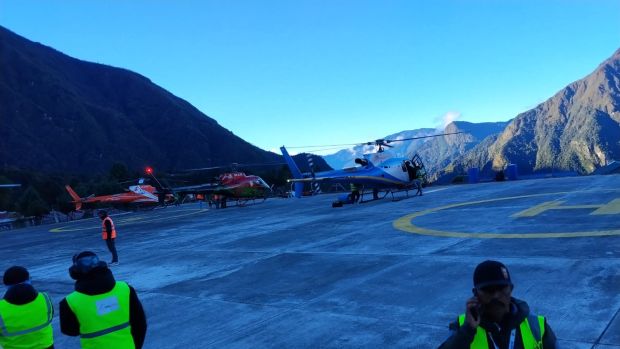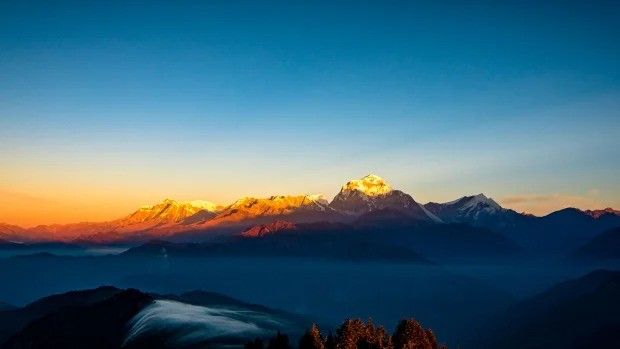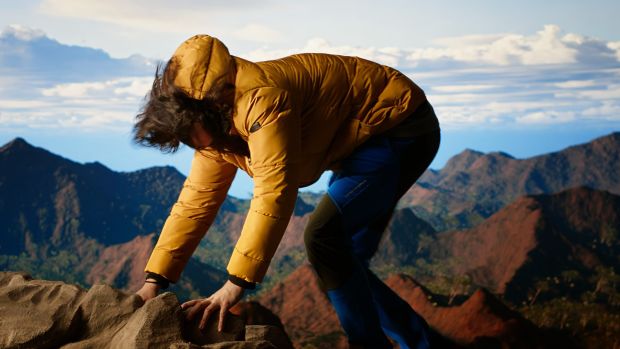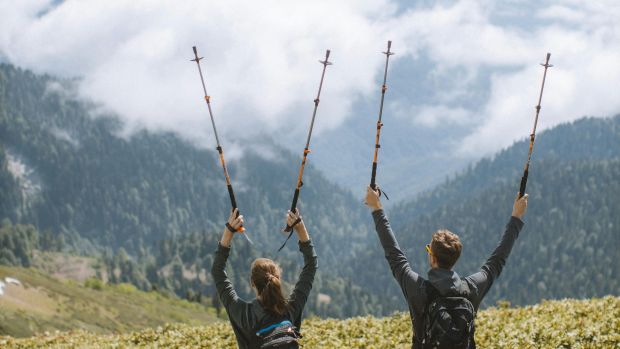Larkya La Pass Guide: Essential Tips & Trekking Prep (2025)

What is Larkya La Pass?
Larkya La Pass sits at about 5,106 m (16,752 ft) and is the highest part of Nepal’s Manaslu Circuit trek . Located between Dharamsala and Bhimtang, it marks the point where trekkers cross from one valley to another. Expect a long, steep day: early morning climb, rocky and snowy terrain, and breathtaking mountain views in every direction.
When you read about Larkya La Pass, the “stunning views” of Himalayan giants always take center stage. What’s rarely mentioned are the hidden challenges: sudden blizzards, miles of moraine, days without phone signal, and the long descent pounding your knees. This guide offers a holistic, practical roadmap—combining essential logistics, gear, weather strategies, and mental prep for crossing Larkya La.
Understanding the Pass
-
Elevation & Location
Larkya La stands at 5,106 m (16,752 ft), the highest point on the Manaslu Circuit Trek. It links Dharamsala (Larkya Base Camp) to Bhimtang and bridges the Budi Gandaki and Marshyangdi valleys. -
Significance
This isn’t just another high-altitude pass—it’s one of the longest in the Himalayas, requiring excellent fitness and mental resilience. -
Length & Terrain
An early 3 AM start from Dharamsala involves approximately 750 m ascent to the pass, followed by a steep 1,500 m descent—rocky, scree-covered, and potentially icy—taking a full 11–12 hours.
Permit & Regulation Breakdown
You’ll need three main permits — issued only via a registered trekking agency—and certain rules apply:
-
Manaslu Restricted Area Permit (RAP)
-
Manaslu Conservation Area Permit (MCAP)
-
Annapurna Conservation Area Permit (ACAP)
Key points:
-
Required in spring (Mar–May) and autumn (Sep–Nov); often unavailable in monsoon or winter
-
You must trek in a group of at least two plus a licensed guide—solo trekking not allowed.
-
Fees vary seasonally, and you’ll need to carry proof (your TIMS card too).
When to Go — Weather & Trail Conditions
| Season | Conditions |
|---|---|
| Autumn (Sep–Nov) | Clear skies, stable weather, ideal visibility |
| Spring (Mar–May) | Mild temps, blooming rhododendrons, but snow remains on upper parts |
| Monsoon (Jun–Aug) | Heavy rain, leeches, dangerous landslides on lower trails |
| Winter (Dec–Feb) | Extreme cold (down to –20 °C), icy pass, many teahouses closed |
Real-life cases:
-
One group faced severe landslides mid-monsoon—guide-led detours were their only safe option.
-
Even in spring, a dusting of fresh snow and strong winds turned an already long day over Larkya La into a true endurance test.
Gear List: Beyond the Basics
🧥 Layering for wind, snow & sun
-
Base: Merino wool or synthetic thermal top & bottom
-
Mid: Down or heavy fleece
-
Outer: Waterproof, windproof shell (ideally Gore‑Tex)
🧊 Footwear & traction
-
Boots: Waterproof, ankle support (e.g. Salomon Quest 4)
-
Traction tools: Microspikes, Yaktrax, or Crampons (ice expected anytime above 5,000 m)
-
Poles: Essential for rocky ascents & steep descents
🔦 Extras
-
Sleeping bag rated to –20 °C (teahouses are unheated)
-
Portable charger + solar panel, satellite communicator (no Wi-Fi or cell service beyond Dharamsala)
-
Headlamp + spare batteries for a pre-dawn start
-
First-aid kit + Diamox (optional, but advised)
-
Water purifier (e.g. SteriPen) for glacier melt and side streams
Conclusion
Larkya La Pass isn’t just about jaw-dropping Himalayan panoramas—it’s a test of preparation and awareness. By understanding the when and why, equipping yourself wisely, and respecting weather, remoteness, and regulations, you’ll be fully ready for the crossing. That long, cold, wind-swept ridge becomes a place of triumph—with all challenges well-earned.
Safe travels…and may your view from the pass be unforgettable.
Get the complete itinerary and explore our trekking package details here ->


